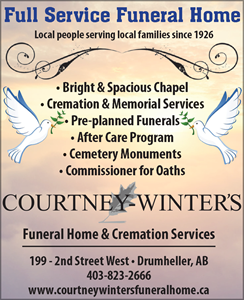Dear Working Wise:
I noticed some roofers on my neigbour’s house the other day were not wearing safety harnesses. It looked like a long fall from the roof of that two-storey home. Aren’t those workers supposed to have protection? Signed Nervous Neighbour
Dear Nervous:
Yes, anyone working at a height of three metres or more is required to use fall protection.
Falls, from any height, are a common cause of serious injury and even death in the workplace. Around 20 per cent of the workplace incidents reported to Alberta Occupational Health and Safety since January 1, 2012, involve falls.
And, fall-protection equipment saved the lives of two workers in Calgary recently who were working 30 metres in the air when the platform they were standing on collapsed.
Workers can wear a full body harness attached to an anchor point. They can also be protected with guardrails or some other restraint system that would prevent them from getting too close to the edge.
Section 139 of Alberta's Occupational Health and Safety Code states that fall protection is necessary when "the worker may fall three metres or more," or when "there is an unusual possibility of injury if a worker falls less than three metres."
For example, fall protection is necessary if the worker could land on something other than a solid, flat surface, like uncapped rebar or other construction materials.
The three-metre fall distance is measured from the point from which a worker may fall, from their feet to the lower level. The vertical height that a worker may roll or slide down the sloped roof before they lose contact with the roof is not considered to be part of the "fall distance." If the worker is working close to the gable end of a roof (in residential construction) then that height is included.
It is the employer's responsibility to ensure that their workers are protected as much as possible. That includes having the proper equipment on site and ensuring that all employees are trained in its use. Employers should ensure that only competent trained workers are up on the roof or other structure.
Unfortunately, complacency happens. Workers forget, get too busy or in some cases, don't bother using their safety equipment. For the unlucky ones, their complacency catches up with them and that's when injuries happen.

If you come across a worksite where workers are up high and clearly not protected, you can call Occupational Health and Safety at 1-866-415-8690. They will send an officer to check out the scene.
For more information on fall protection or any other workplace health and safety issues, go to www.employment.alberta.ca/ohs.
Do you have a work-related question? Send your questions to Working Wise, at charles.strachey@gov.ab.ca. Charles Strachey is a manager with Alberta Human Services. This column is provided for general information.







